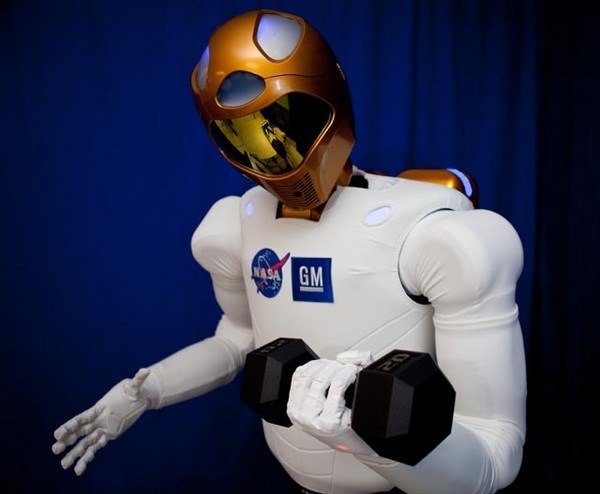NASA dumping Windows for Linux
Posted by: Tim Tibbetts on 05/09/2013 11:04 AM
[
 Comments
]
Comments
]
It’s hard to get tech support 400 kilometers away from the Earth, which is why Keith Chuvala of United Space Alliance, a NASA contractor deeply involved in Space Shuttle and International Space Station (ISS) operations, decided to migrate to Linux. As leader of the Laptops and Network Integration Teams, Chuvala oversees the developers in charge of writing and integrating software for the Station’s “OpsLAN” – a network of laptops that provide the ISS crew with vital capabilities for day-to-day operations, from telling the astronauts where they are, to inventory control of the equipment used, to interfacing with the cameras that capture photos and videos.
The dozens of laptops under Chuvala‘s care have extensive development needs—for a very small number of users. “At the ISS, our constellation of users maxes out at six, all with very specific requirements and duties.” To manage all of the astronaut’s needs Chuvala was looking for newer, more robust enterprise support, which was achieved by moving from a Scientific Linux distribution to Debian 6.

Along with the ongoing laptop support, a new challenge for Chuvala’s team is headed to the ISS – Robonaut (R2). Designed to take over some of the astronaut’s responsibilities, R2 will be the first humanoid robot in space. Running on Linux, the robot can be manipulated by onboard astronauts with ground controllers commanding it into position and performing operations. The Linux training from the Linux Foundation will help NASA developers ensure that R2 can be a productive addition to the ISS. Still in the fine-tuning phase, R2 will eventually carry out tasks too dangerous or mundane for astronauts in microgravity.
Not surprisingly, coming from someone whose customers are in outer space, Chuvala believes that one of the greatest lessons learned during training came when Duval presented Linux from a global perspective. “Things really clicked after we came to understand how Linux views the world, the interconnectedness of how one thing affects another. You need that worldview. I have quite a bit of Linux experience, but to see others who were really getting it, that was exciting.”
The dozens of laptops under Chuvala‘s care have extensive development needs—for a very small number of users. “At the ISS, our constellation of users maxes out at six, all with very specific requirements and duties.” To manage all of the astronaut’s needs Chuvala was looking for newer, more robust enterprise support, which was achieved by moving from a Scientific Linux distribution to Debian 6.

Along with the ongoing laptop support, a new challenge for Chuvala’s team is headed to the ISS – Robonaut (R2). Designed to take over some of the astronaut’s responsibilities, R2 will be the first humanoid robot in space. Running on Linux, the robot can be manipulated by onboard astronauts with ground controllers commanding it into position and performing operations. The Linux training from the Linux Foundation will help NASA developers ensure that R2 can be a productive addition to the ISS. Still in the fine-tuning phase, R2 will eventually carry out tasks too dangerous or mundane for astronauts in microgravity.
Not surprisingly, coming from someone whose customers are in outer space, Chuvala believes that one of the greatest lessons learned during training came when Duval presented Linux from a global perspective. “Things really clicked after we came to understand how Linux views the world, the interconnectedness of how one thing affects another. You need that worldview. I have quite a bit of Linux experience, but to see others who were really getting it, that was exciting.”
Comments






